- Choodamani Koirala
The identity of us Nepal is unique in the world due to culture, customs and customes, especially the Dhaka topi (cap), is considered as the hallmark of Nepalese. Till some years ago, Nepal was known as the Hindu state in the world, but today it maintains it’s identity based on its own authentic identity.
There is no exact evidence of from when the Dhaka topi came into existence and who named it topi. But, in Sanskrit scriptures we can find about the topi, referred as the material that is used to protect the head. Nepali dictionary describes topi as a garment that covers, adorns, or protects the head.
There are many examples of items that are used in connection with body parts and are named after the same part, in Nepali language. A ring on the finger, a coil on the ear, a kanthi on the neck, a nathiya on the nose, among others. If we speculate based on this fact, it may also be named topi because it is worn on the head. Similarly, the words Shirfool, Shirbandi, Galbandi, etc must be created acordingly.
Dhaka topi, is also gaining popularity among the younger generations. Wearing a dhaka topi makes one look very attractive and elegant in any outfit. Besides increasing the grace of the head, the topi also helps to protect the head in cold weather and to reduce the effect of scalding sun of summer. Nowadays, topi is often worn in festivals, weddings and other ceremonies.
As it was woven from the textile imported from Dhaka, it was called Dhaka fabric.
History of Dhaka Topi:
Cloth manufactured in Bangladesh, were used to make Dhaka topi. As it was woven from the textile imported from Dhaka, it was called Dhaka fabric. Nepal has been self-sufficient in Dhaka production for many years now. Palpa is famous for the production of Dhaka fabric, apart from Palpa, 39 other districts of Nepal are able to produce varieties of Dhaka fabric.
It is said that the design of Nepali topi was done in Nepal, but the inventor of it’s shape is still unknown. Former professor Toya Raj Nepal informs that, during the reign of Jung Bahadur Rana, his sister Dambar Kumari Rana made a present of a fashionable topi to please Jung Bahadur.
Dhaka topi is an essential with Nepali national dress. The prime minister Puspa Kamal Dahal, who was never seen in daura suruwal, attended the swearing-in ceremony, wearing a dhaka topi along with daura suruwal. Rest of the ministers were also dressed in traditional clothes, but all of them were wearing a topi although they were different from one another.
During the Panchayat period, topi was mandatory to enter the Singha Durbar and for photos used for Nepali citizenship and passport. It is not mandatory in today’s time. Leaders of political parties should review this decision.
Currently the outfits, food, music, art and language are becoming the similar in the world. The popularity of Nepali songs has decreased in urban areas. The young generation is losing interest in Nepali language.
Traditionally, as devotion to late parents, offsprings shave their head and mourn for thirteen days, also they wear white clothes and topi for a year. This is an example of how a topi can symbolize the respect and sorrow to one’s late parent.
Appearance and significance of topi:
The topi reflects the geographical features of Nepal. The peaked upper part of the Dhaka topi represents the Himalayan region, the steep part in the middle represents the mountains and the lower flat part represents the Terai Madhes.
Topi has a special place in our culture and tradition, if a person is seen without topi it symbolizes that he is in grief. Traditionally, as devotion to late parents, offsprings shave their head and mourn for thirteen days, also they wear white clothes and topi for a year. This is an example of how a topi can symbolize the respect and sorrow to one’s late parent.
In Prithvi Narayan Shah’s words, ‘Nepal is a garden of four castes and thirty-six sub-castes’ and the flowers of the garden are weaved together into one garland by topi. The head of every caste and religion is topi. The gajur placed on top of the temple is also a topi. So, it should also be considered as a cultural heritage. While celebrating topi as ‘Topi Diwas’ on January 1, let the adoption and existence of the topi remain for 365 days and not only for a day. Even though the day is widely accepted and celebrated, the government itself is not promoting it enough.
Translation: Pratikshya Khanal


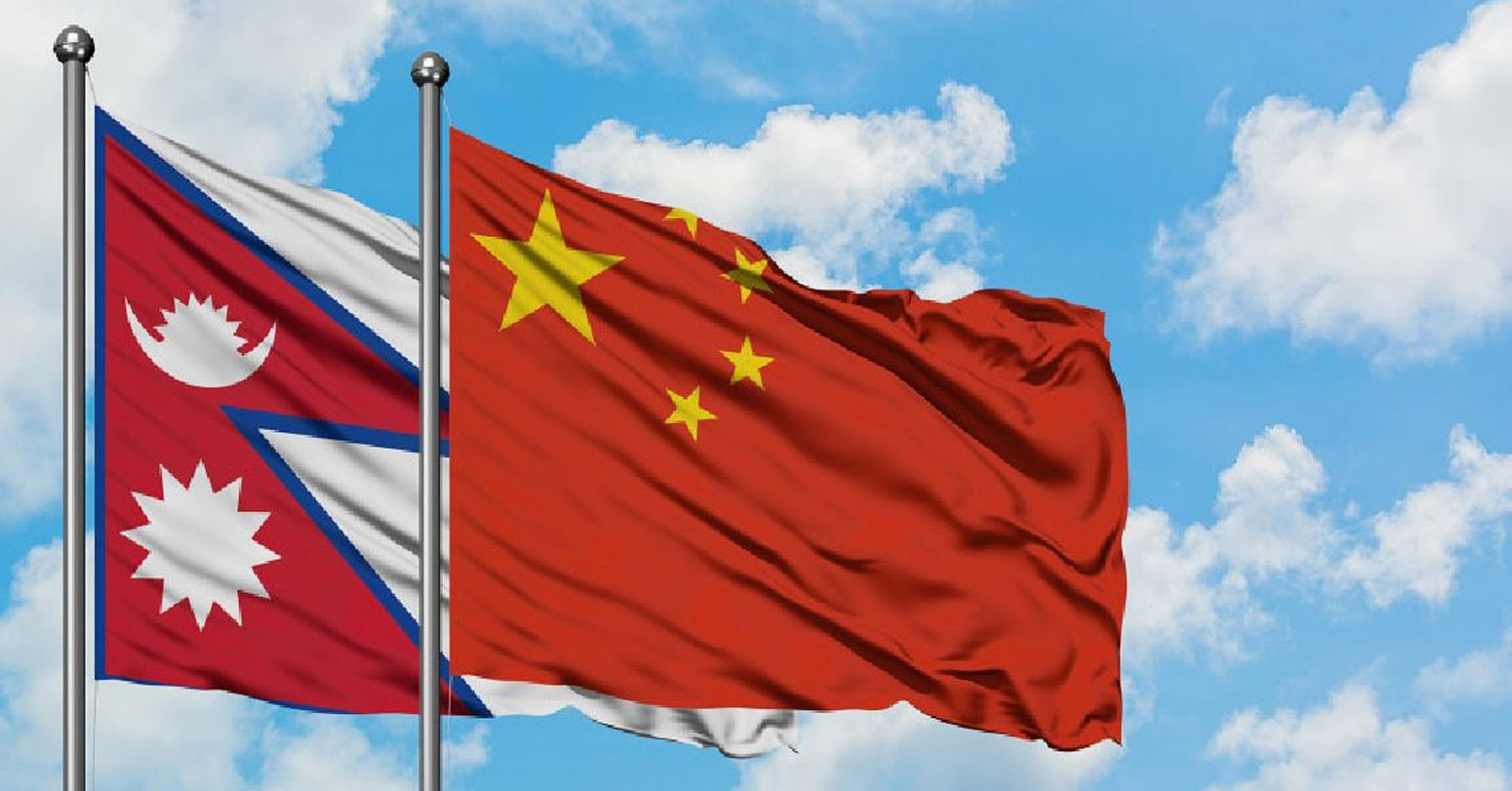


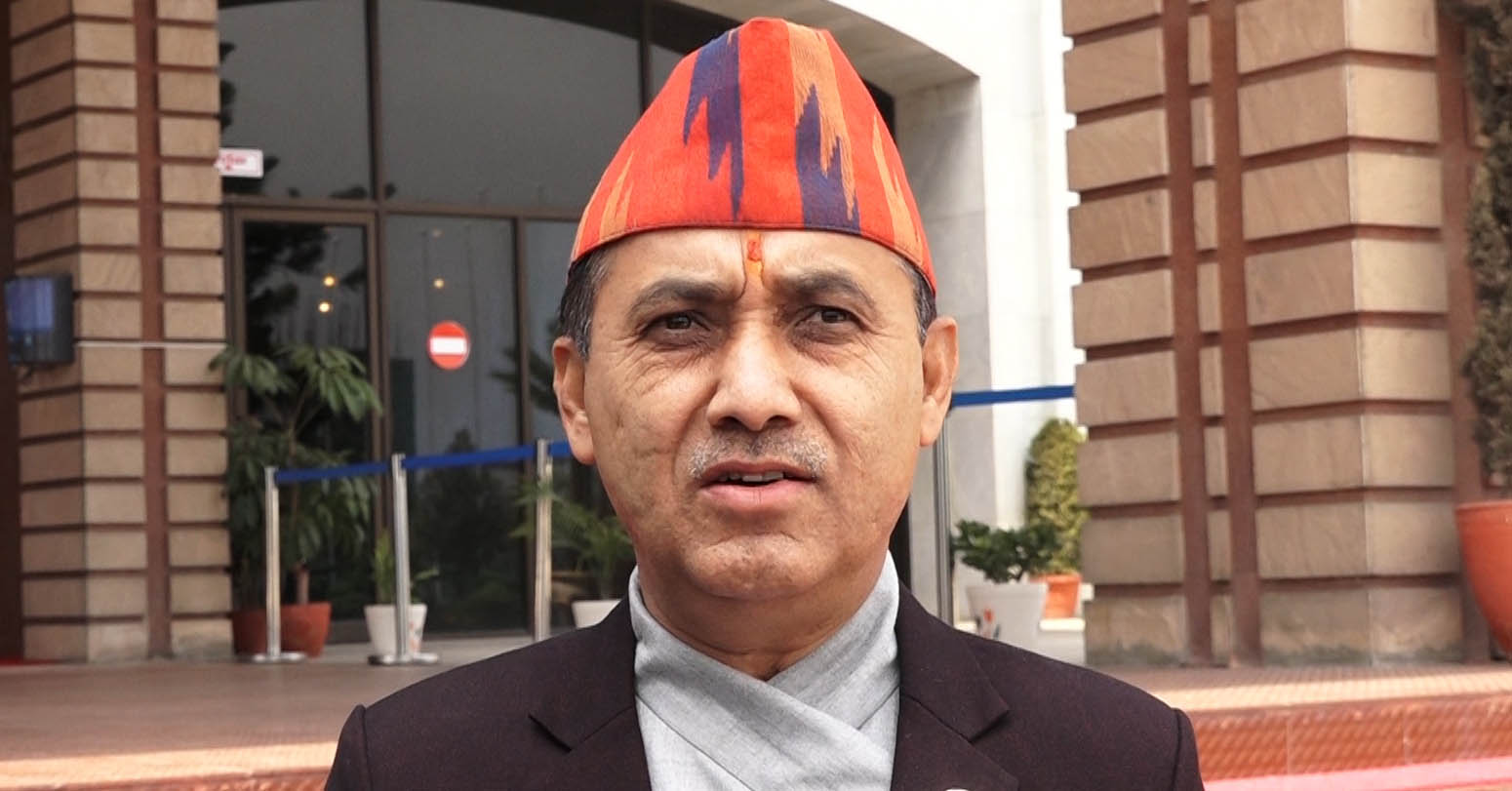
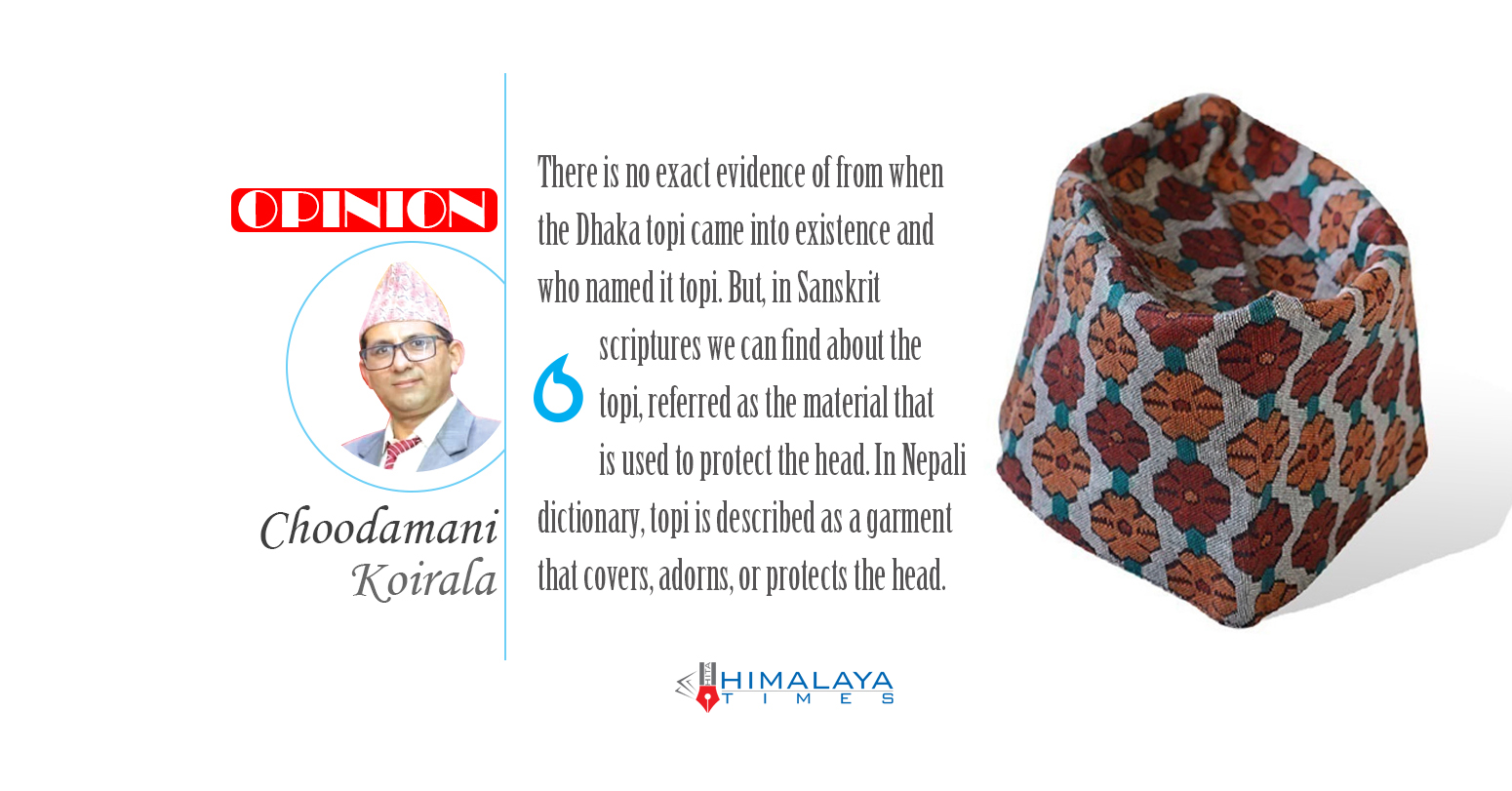

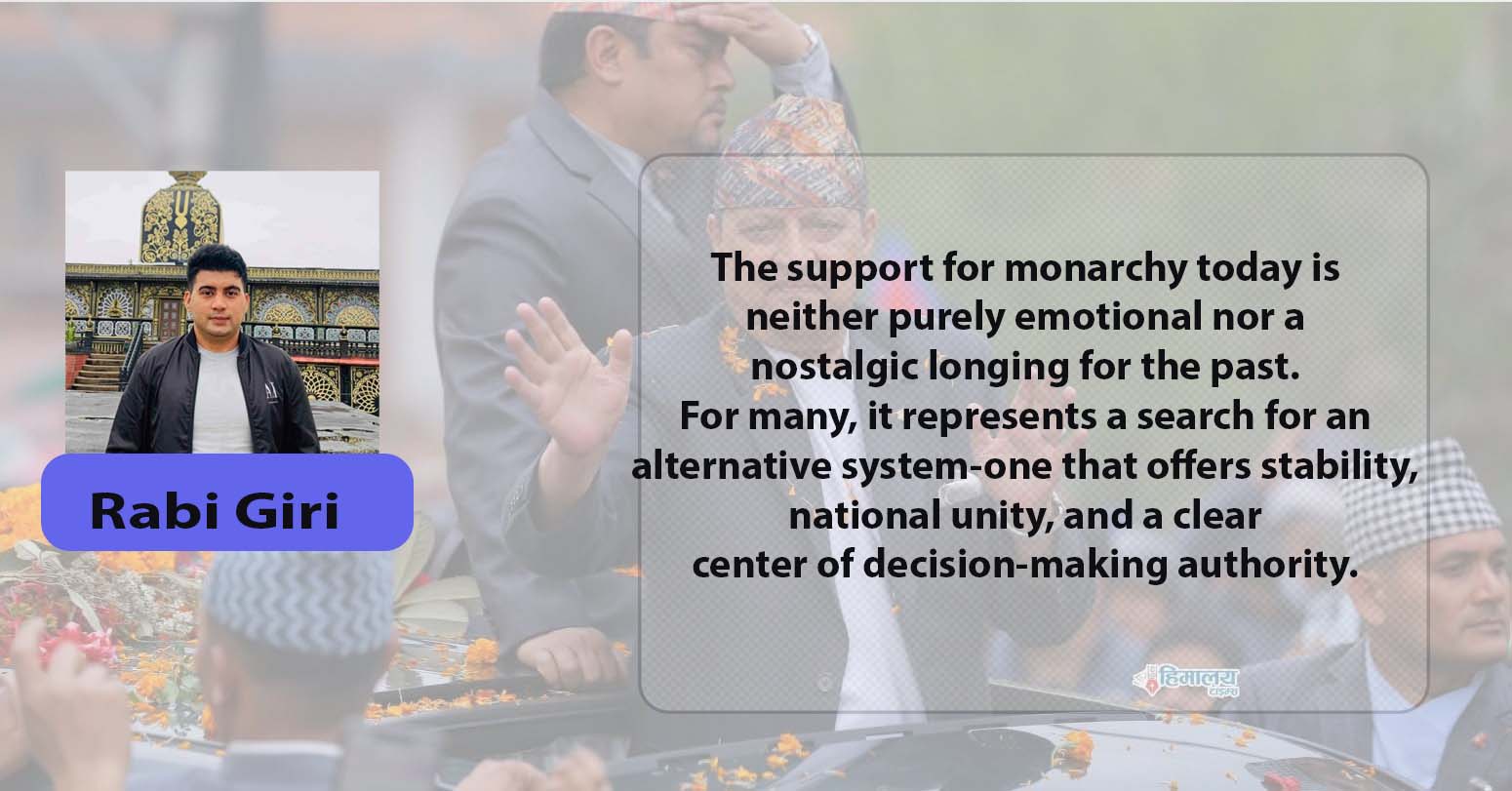

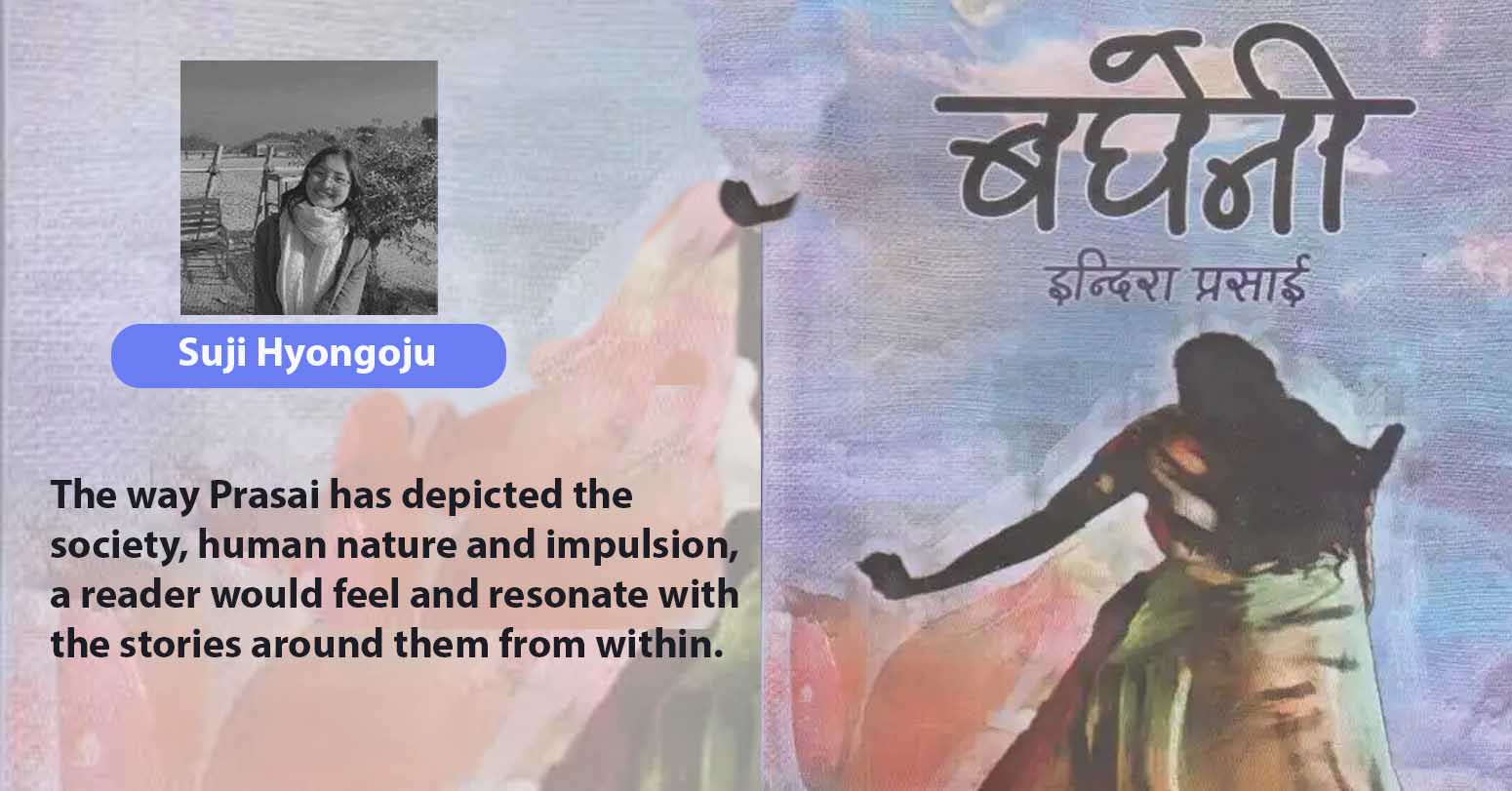


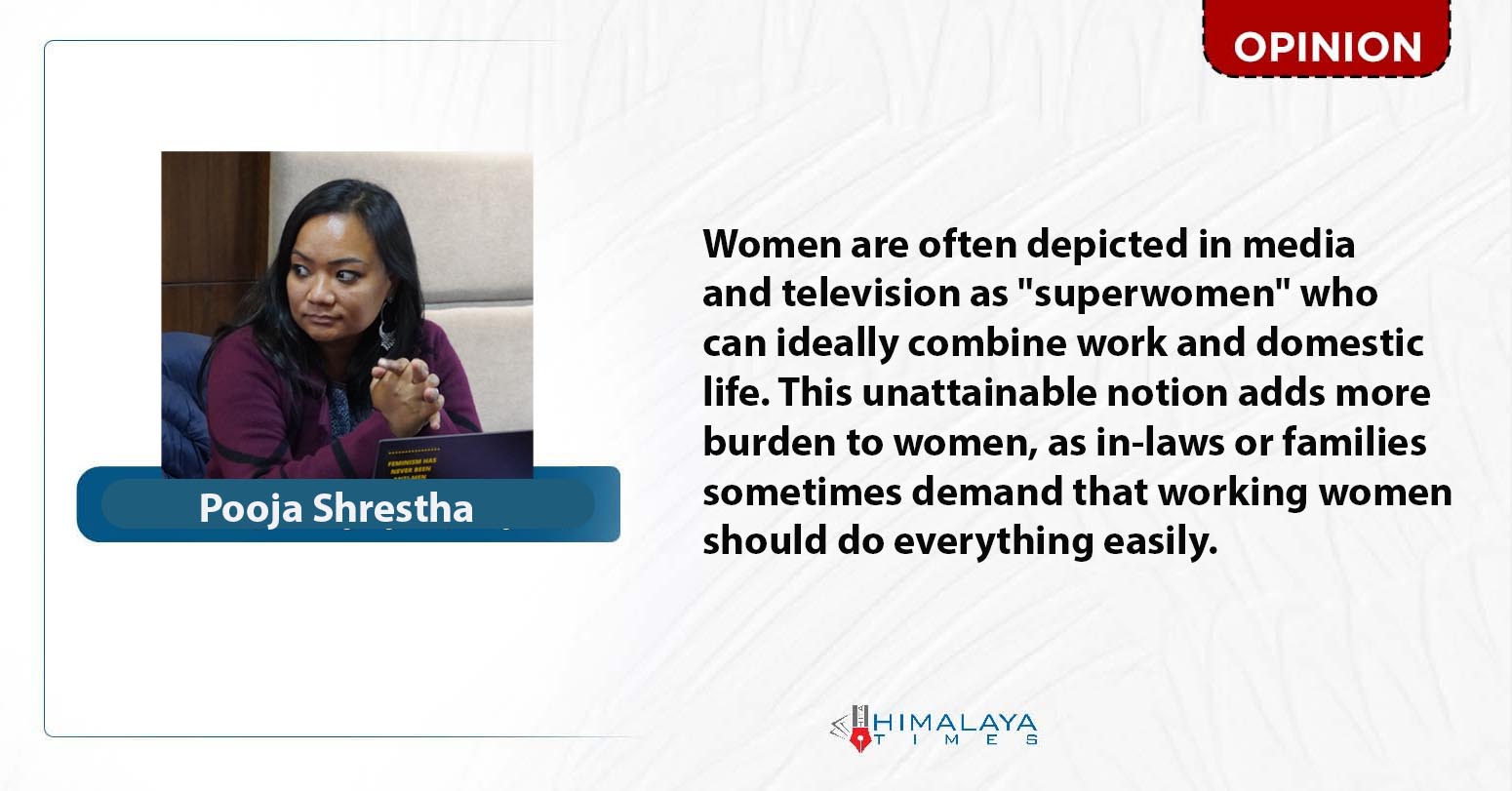



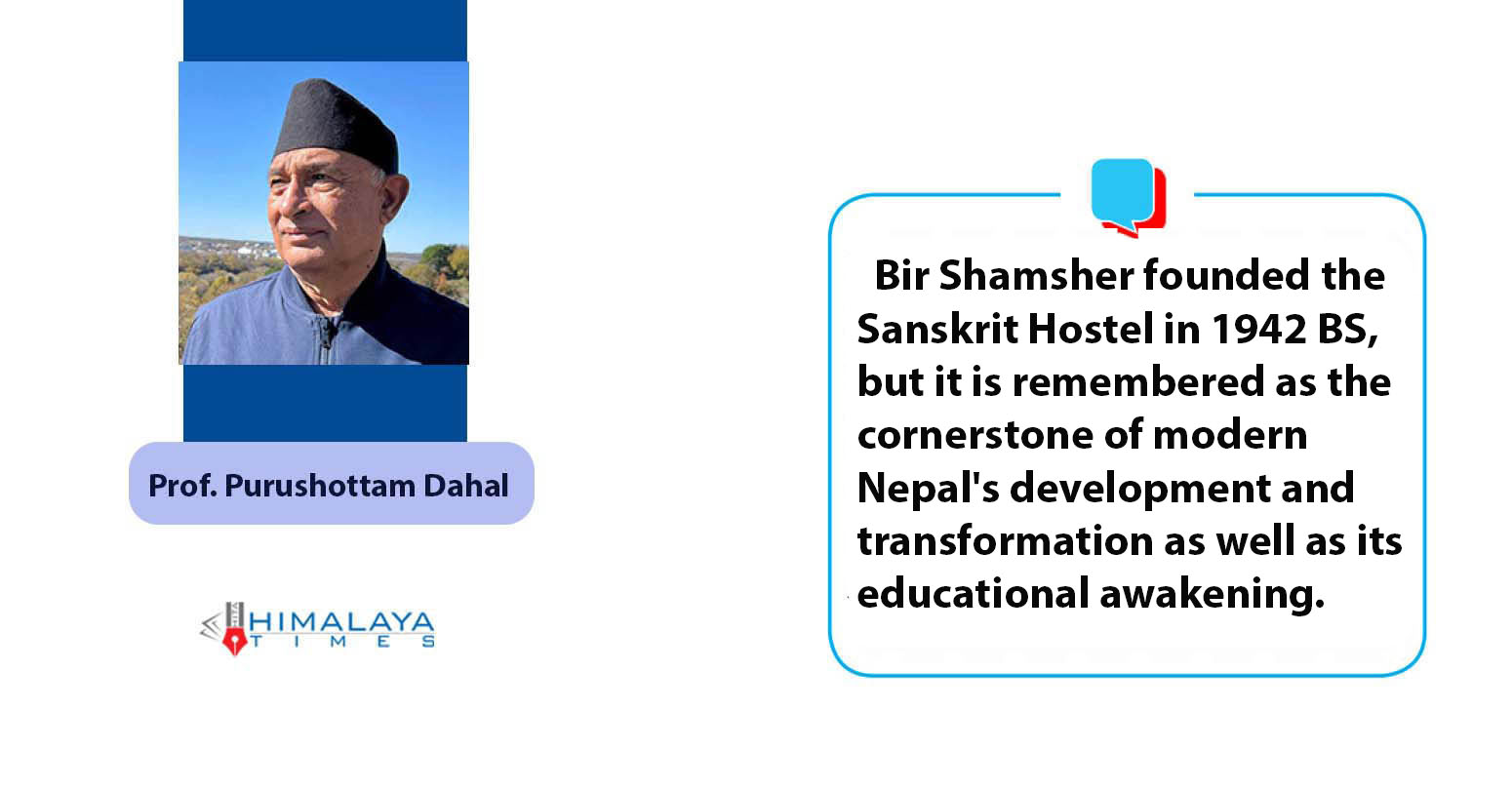
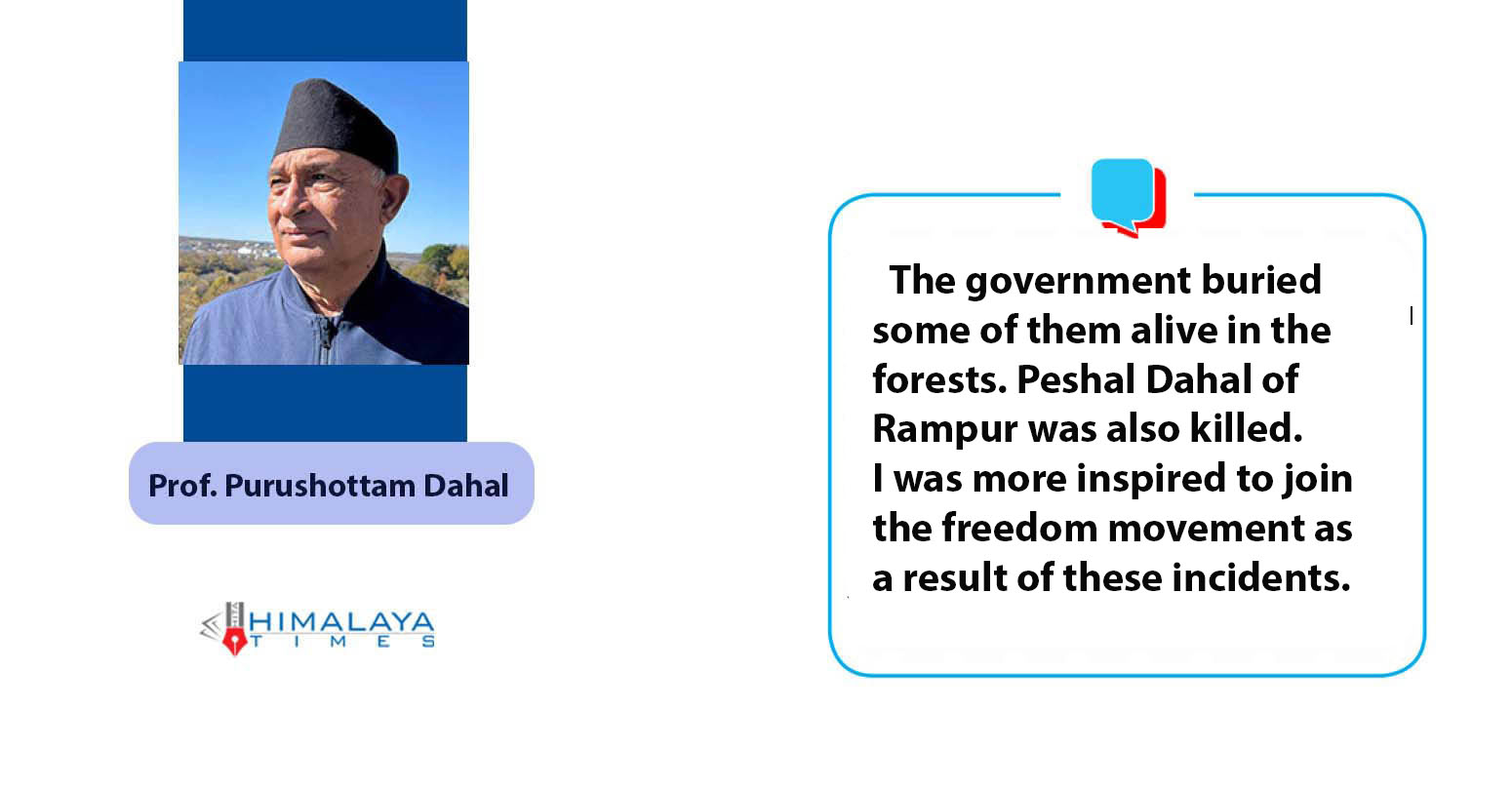
Middle-aged man spends millions to
Dr. Dharam Raj Upadhyay: Man
Breathing The Unbreathable Air
Comprehensive Data Protection Law Critically
Gender Differences In Mental Healthcare
Erosion of Democracy